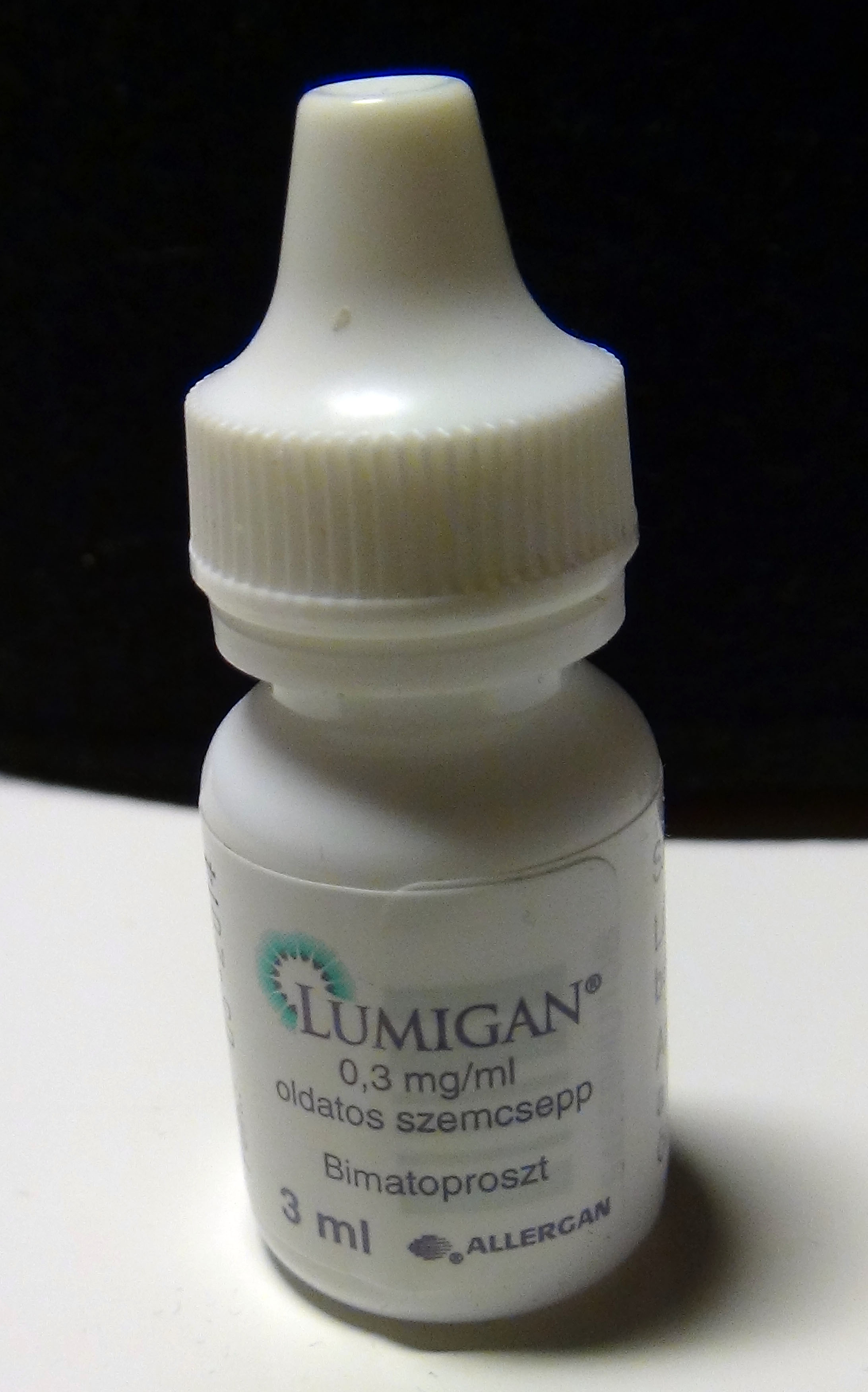Purchasers of eye drops, as well as the companies that make them, are now turning their collective gaze towards the U.S. Supreme Court – for a different type of solution.
The parties are waiting to learn whether a legal claim that inefficient droplet dispensers create wasted medication – in the form of extra drops that always seemingly fail to make it into the eye – has judicial merit. And as a result, whether consumers deserve to be compensated for expensive medication they could not use because those dispensers simply release too much liquid.
It's an intriguing dispute that, on its face, would appear to produce a legitimate argument for purchasers of expensive eye medication, like one used for the treatment of glaucoma. The reasoning being that: "Why should I be paying for the medicine that I never get to use because the dispenser's drip-hole is too large?"
Basically, that's the question over which the Third and Seventh Circuits of the Court of Appeals ruled differently, two contrasting interpretations that have set the stage for the Supreme Court to consider whether to take on the case later this summer.
Which is exactly what some big drug manufacturers, seeking to finally have this issue clarified, want to have happen.
Some of these "Defendants-Appellees," as they are listed in court papers, are Alcon Laboratories; Allergan, Pfizer; Bausch & Lomb and Merck. They say that consumers party to the class-action lawsuit are not being harmed in any way; the products in question are both safe and effective, benefits that are not being challenged. But most importantly, according to their lawyers, the established law supports their clients because from a purchaser's standpoint, if "a seller does not sell the product that you want, or at the price you’d like to pay, [that] is not an actionable injury."
 How much wasted money is allegedly at stake? The plaintiffs have provided research contending that individuals' "out-of-pocket payments on wasted medication range at least from a few dollars to a few hundred dollars," according to the AP. "A glaucoma patient paying for eye drops without insurance could spend $1,100 a year on medication that goes to waste."
How much wasted money is allegedly at stake? The plaintiffs have provided research contending that individuals' "out-of-pocket payments on wasted medication range at least from a few dollars to a few hundred dollars," according to the AP. "A glaucoma patient paying for eye drops without insurance could spend $1,100 a year on medication that goes to waste."
In March of last year, Chicago's Seventh Circuit reversed a class action certification and ruled in favor of the drug companies, which noted in documents subsequently filed in the Third Circuit that consumers "did not suffer ... injury simply because defendants did not sell eye droppers designed the way the plaintiffs wanted."
However, just three months ago in Philadelphia, the Third Circuit chose not to support the Seventh Circuit's view. By a 3-3 vote, the justices decided not to reconsider the matter, with the deadlock counting as support of the lower court's ruling that the plaintiff's position had merit.
Lawyers for the drug makers also argue that if consumers were rewarded in this case, that decision could potentially open the door to other lawsuits alleging packaging flaws for a range of other consumer products, including claims that, for instance, not all ketchup could be extracted from the bottle or toothpaste from its tube.
However, considering the cost of condiments and teeth cleaning products versus expensive eye drops for medical purposes, that claim by defendants seems rather nonsensical. That said, this case, if it does make it to the high court, should attract its share of eyeballs.




